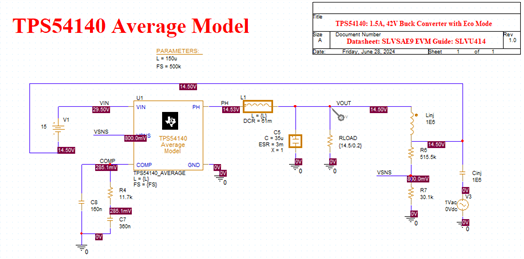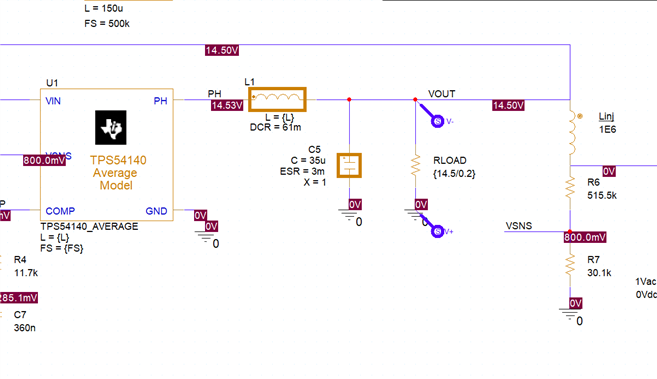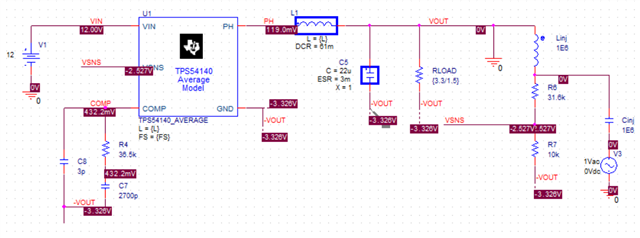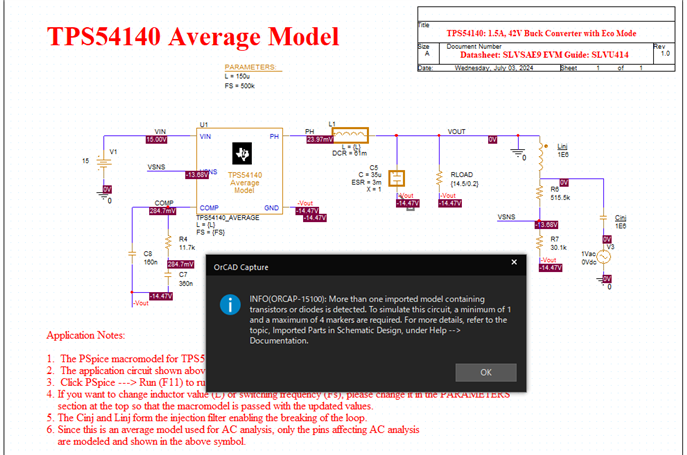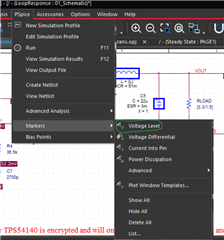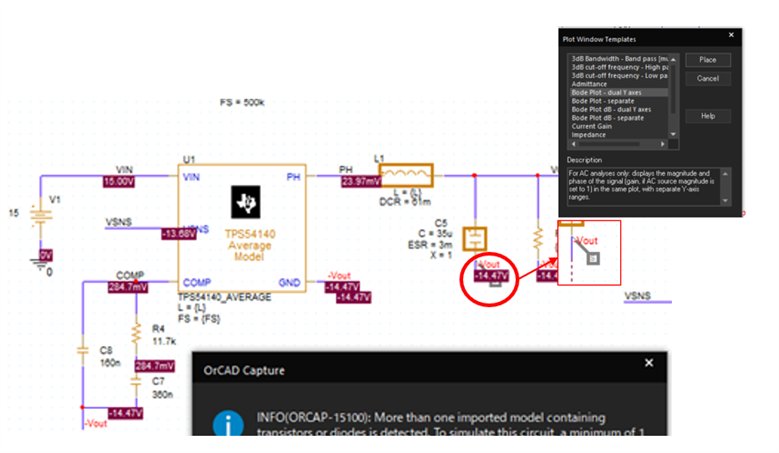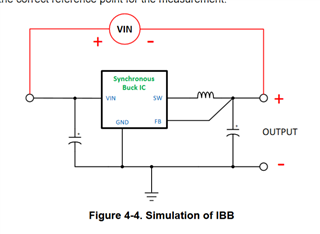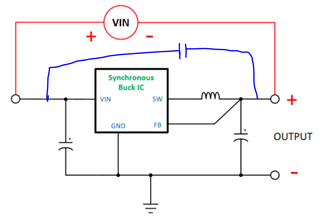Tool/software:
Hi team,
Our customer want to AC analysis by TPS54140 PSpice Average Model to Split-Rail topology.
They want to check Bode plot on setting value of result of calculate tools(SWIFTPOSNEG-CALC-v4).
Is it possible by this model?
Or are there other way of AC analysis in the case using this device as Split Rail topology circuit?
Best regards,
teritama


